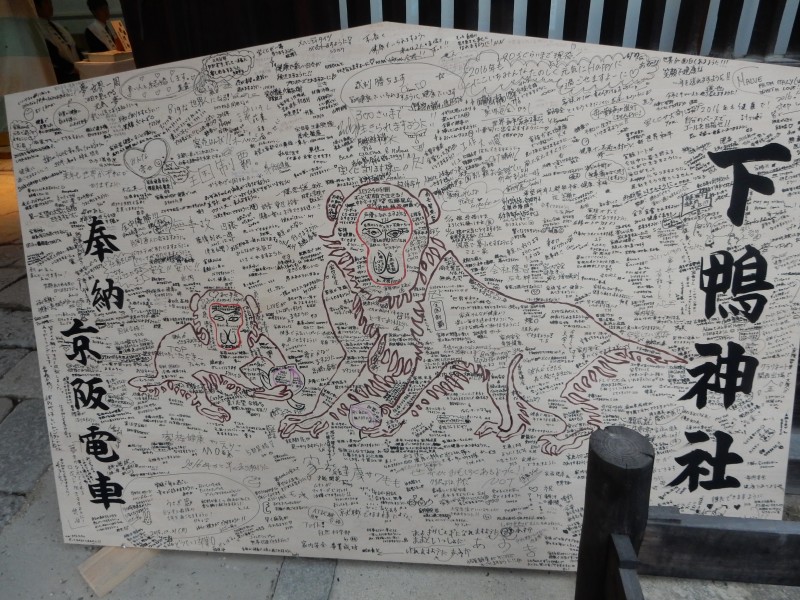
A graffiti ema for the year of the monkey – large scale votive plaque on which people write their New Year wishes
This year I made my Hatsumode rather late, which enabled me to see some of the trappings of the new year while avoiding all the crowds. Shrine staff were in relaxed mood and had time to chat, while taking stock of the new year custom. As with other shrines, the New Year income at Shimogamo makes up a large percentage of the shrine’s annual income.
With Japan’s defeat in WW2, State Shinto was dismantled by General MacArthur and GHQ, and the result was that shrines became autonomous financial institutions. Some have managed to survive by leasing out land or managing properties, some are dependent on the goodwill of parishioners, and some like Shimogamo look to make money from tourism. Some barely survive at all and have sacrificed whatever greenery they had in order to live off the dues from car parking space. Some indeed have not survived (as for example Oiwa Jinja).
Shimogamo is forever trying to improve its appeal, and as usual I was intrigued to see what novel ideas the shrine priests had come up with to entice or entertain visitors. This was the year that English language arrived at the shrine, as can be seen below. It was the year too when graffiti ema arrived (see above). Unfortunately too, it was also the year that trees in the shrine precincts were sacrificed for the shrine’s financial security (see here for further information).
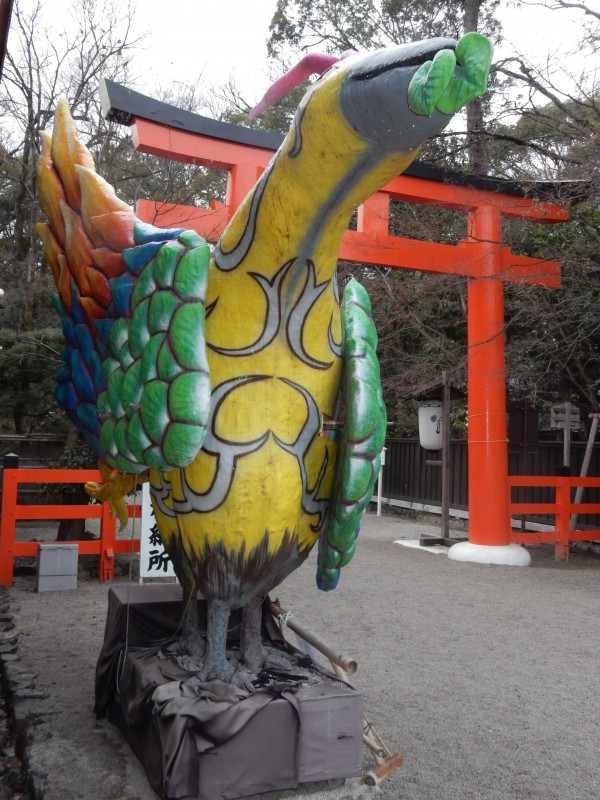
Yatagarasu, the three-legged crow. Shrine tradition has it that the founding kami, Kamo Taketsunomi, manifested as a three-legged crow sent by Amaterasu to guide Emperor Jimmu on his Yamato conquest. This gaudy model was made by students at Seika Art University.
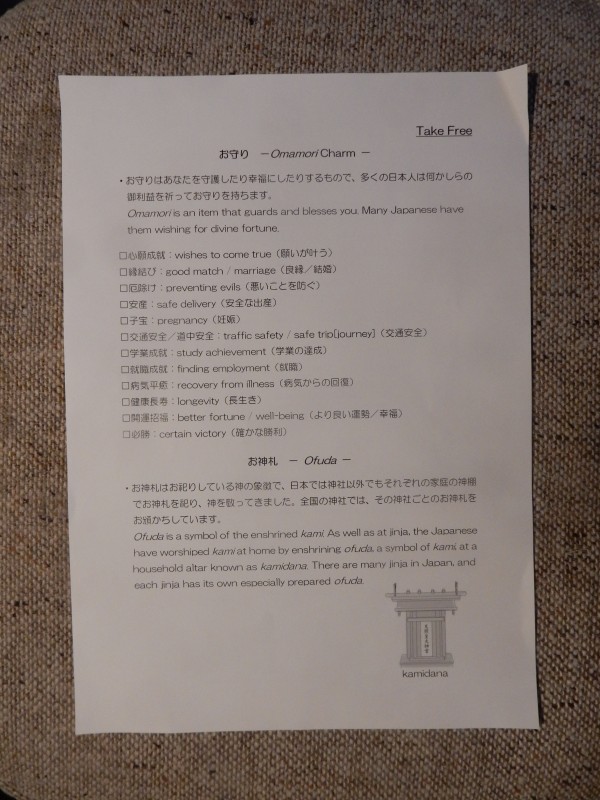
An English language explanation of 12 different amulets and an introduction to the concept of ‘ofuda’
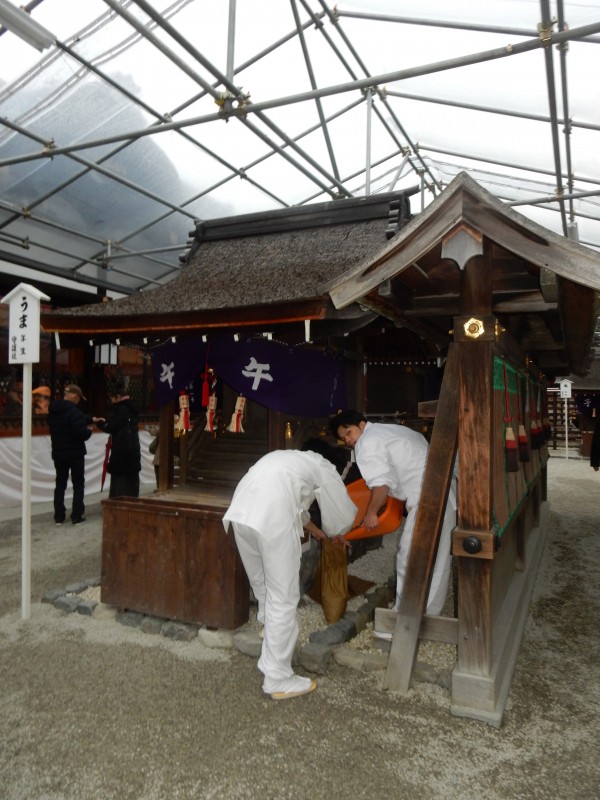
Priests empty out the takings from one of the popular Chinese zodiac subshrines in the Shimogamo inner compound.
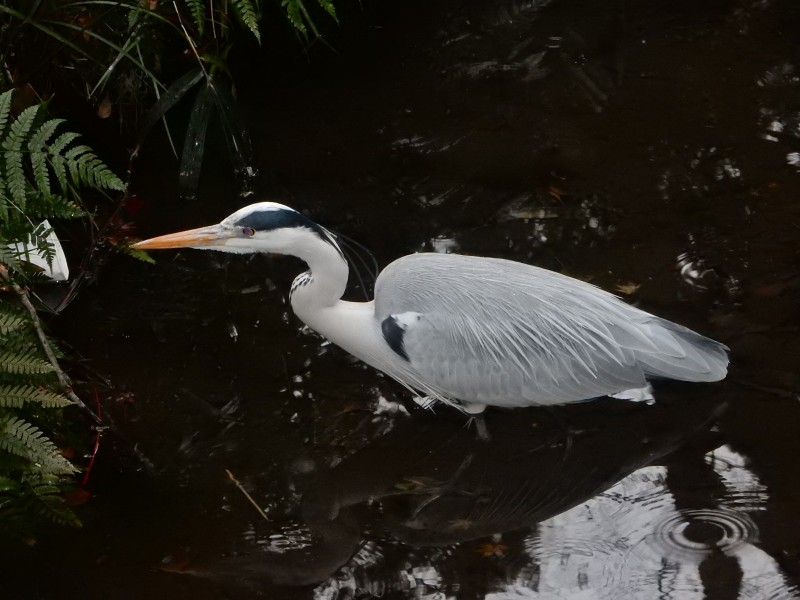
One non-paying visitor was this heron, enjoying the fresh pure water of the Mitarashi stream running through the shrine’s grounds
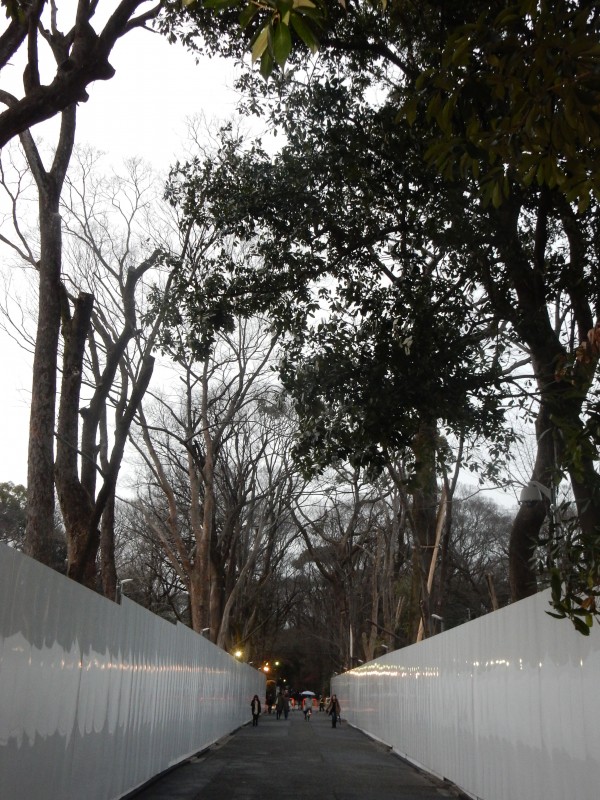
Shimogamo’s financial plight has led the shrine to chop down trees either side of these screens, where expensive luxury apartments will replace nature within the precincts of this World Heritage shrine

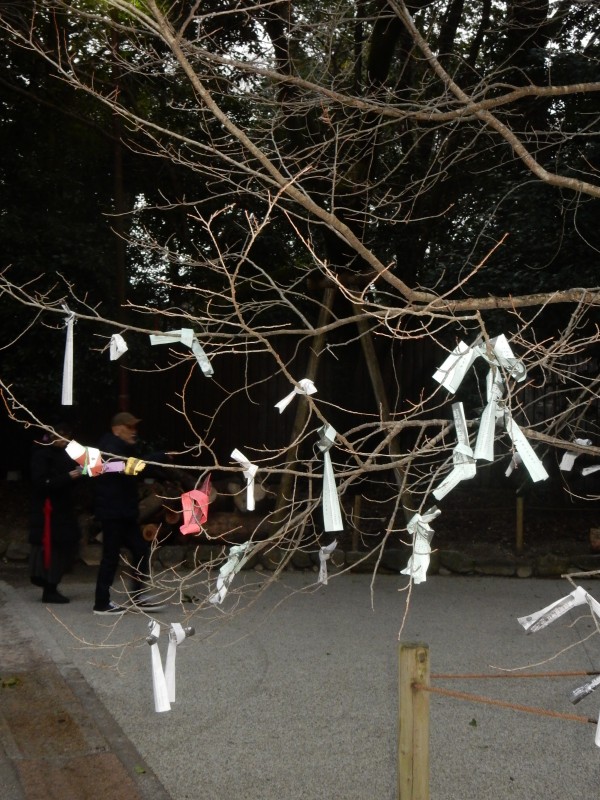
Leave a Reply